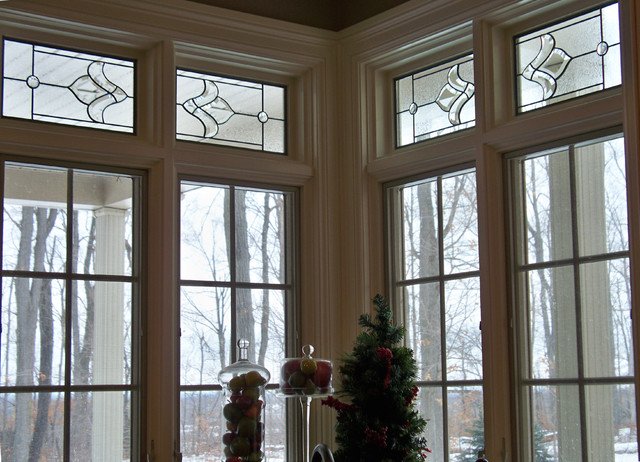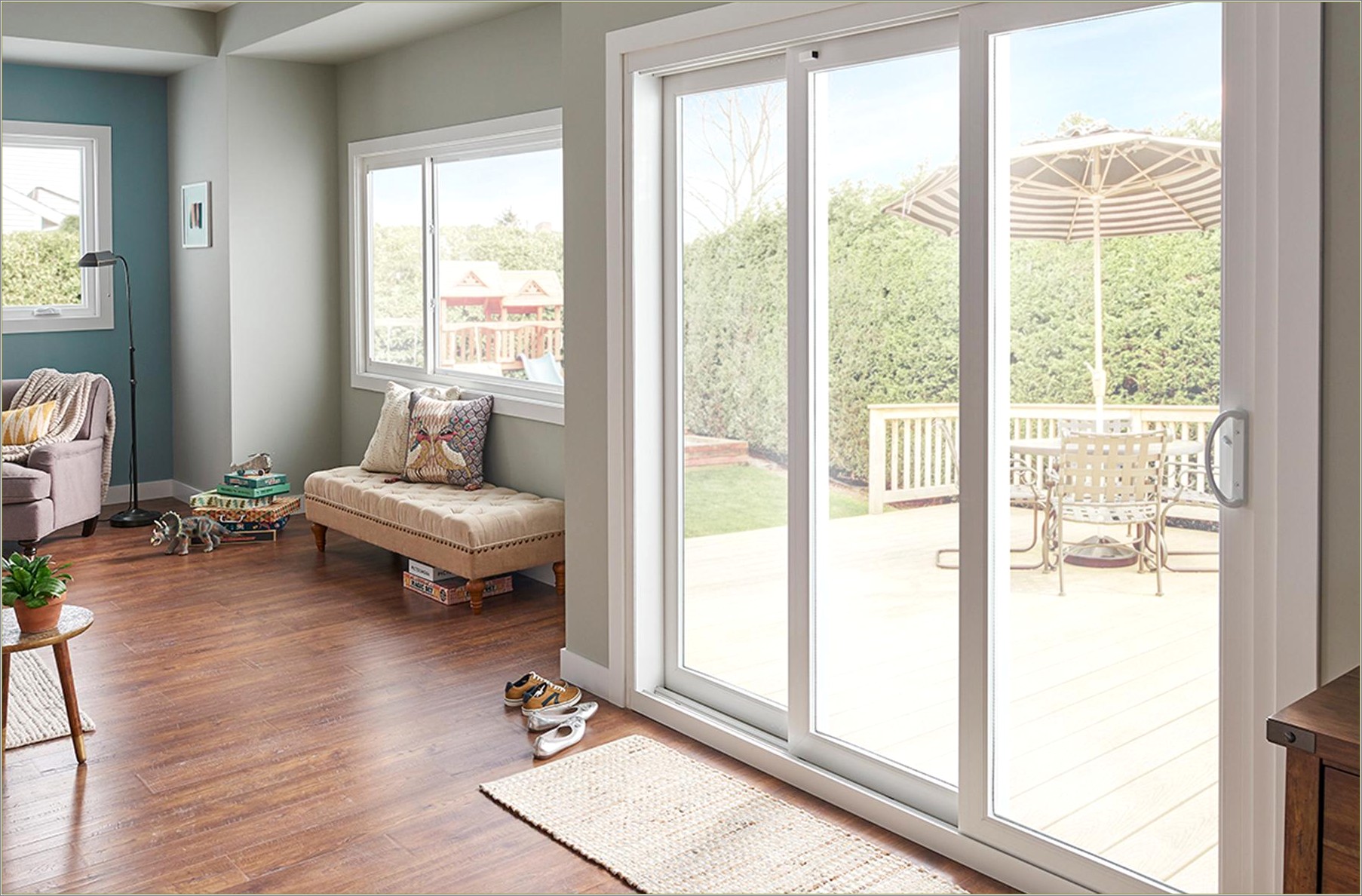Transom windows, those elegant horizontal windows often placed above doors or other windows, are more than just architectural accents. They offer a unique blend of style and functionality, capable of transforming the look and feel of any space. This comprehensive guide delves into the diverse features of transom windows, exploring their design options, benefits, and considerations for installation and maintenance.
Aesthetic Appeal and Architectural Styles
Transom windows possess an undeniable charm, adding a touch of sophistication and historical flair to various architectural styles. Their versatility allows them to complement both traditional and contemporary designs. In Victorian-era homes, transom windows often featured intricate stained glass, adding a layer of artistry to the façade. Modern designs utilize cleaner lines and minimalist aesthetics, often incorporating clear glass to maximize natural light.
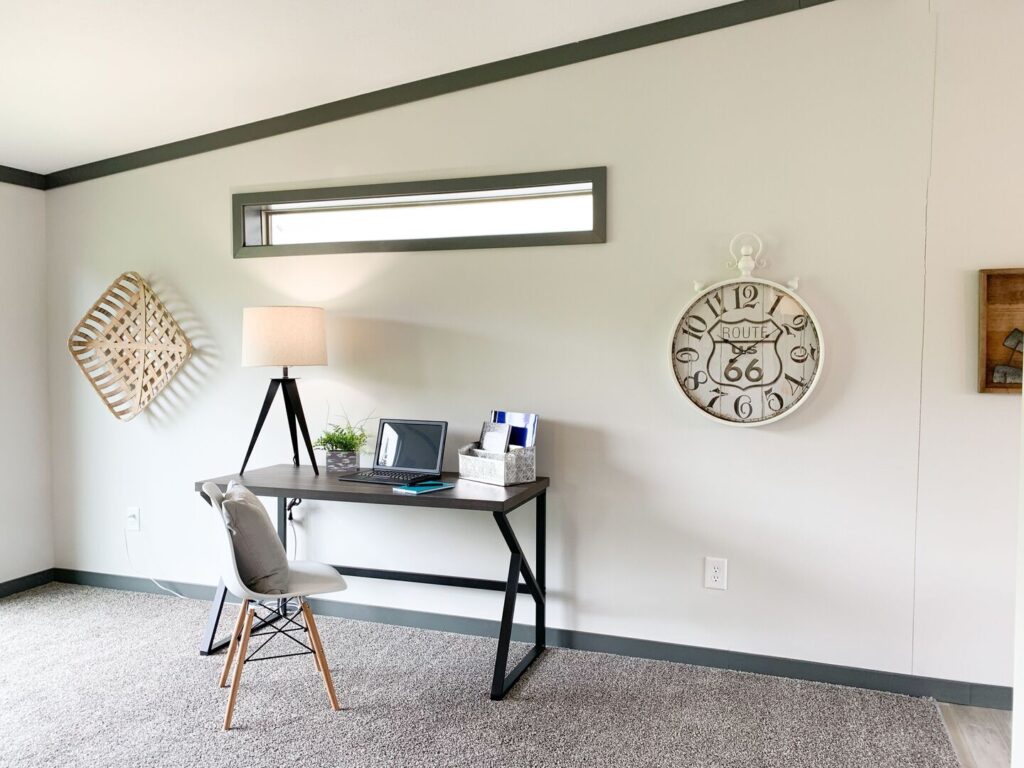
The size and shape of a transom window play a vital role in its aesthetic contribution. Arch-topped transoms evoke a sense of classic elegance, while rectangular or square shapes lend a more modern feel. The material of the frame also influences the overall look. Traditional materials like wood offer a timeless quality, while aluminum or vinyl offer durability and low-maintenance options. The choice ultimately depends on the existing architectural style and personal preference.
Integrating Transom Windows into Different Room Designs
The strategic placement of transom windows can significantly enhance the design of various rooms. In bathrooms, they bring in natural light, reducing the need for artificial lighting and creating a spa-like atmosphere. In kitchens, they can illuminate countertops and add visual interest above cabinetry. In hallways, they can alleviate darkness and create a sense of spaciousness. Even in bedrooms, strategically placed transom windows can softly illuminate the room during the day, promoting a relaxing ambience.
The size of the transom window should be carefully considered in relation to the size of the room and the surrounding architecture. Too small, and it may be visually insignificant. Too large, and it might overpower the overall design. Careful planning and consultation with a design professional can ensure harmonious integration.
Functional Benefits of Transom Windows
Beyond their aesthetic appeal, transom windows provide several key functional advantages. Their primary function is to improve natural light penetration. By allowing sunlight to filter into the room from above, transom windows can reduce reliance on artificial lighting, saving energy and lowering electricity bills. This is particularly beneficial in rooms with limited window space or those facing north.
Additionally, transom windows can enhance ventilation. Many transom windows can be opened to allow for cross-ventilation, improving air circulation and reducing the need for air conditioning. This is especially helpful in warmer climates or rooms with limited ventilation. The improved air circulation can also help prevent the buildup of moisture and mould, maintaining a healthier indoor environment.
Energy Efficiency and Cost Savings
The energy efficiency of transom windows depends on several factors, including the type of glass used, the quality of the frame, and the overall seal. Energy-efficient glass, such as double or triple-paned glass, can help reduce heat transfer, keeping rooms warmer in winter and cooler in summer. High-quality frames made from materials with good insulation properties further contribute to energy savings. A well-installed and properly sealed transom window can significantly contribute to lower energy bills in the long run.
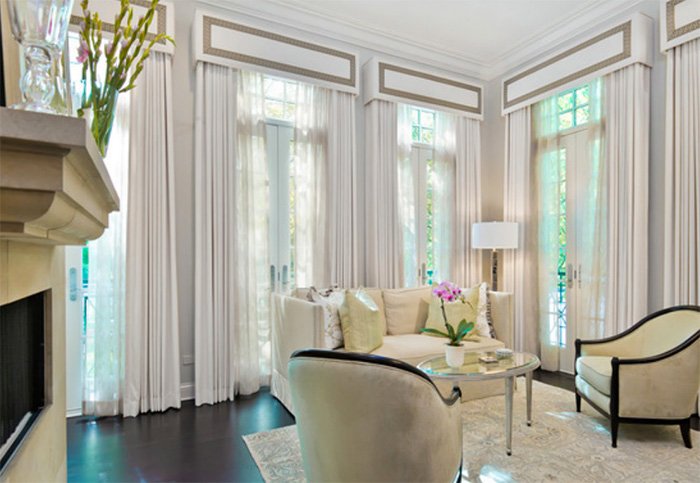
While the initial cost of installation might be higher compared to standard windows, the long-term cost savings from reduced energy consumption can make transom windows a worthwhile investment. Consider the payback period when assessing the overall cost-effectiveness of installing transom windows.
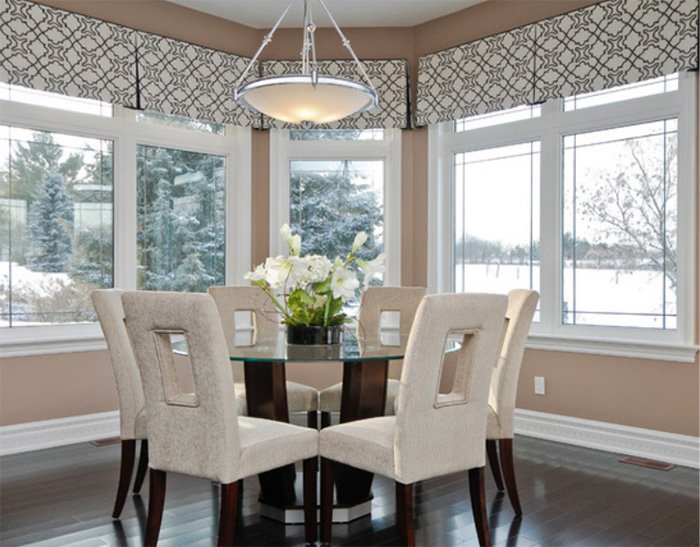
Types of Transom Windows and Opening Mechanisms
Transom windows come in various designs, each with unique features. Fixed transom windows, the most common type, are non-operable and primarily serve as decorative elements or light sources. Operable transom windows, on the other hand, can be opened, providing ventilation and improved air circulation. These operable windows utilize different opening mechanisms, including casement, pivot, and awning styles.
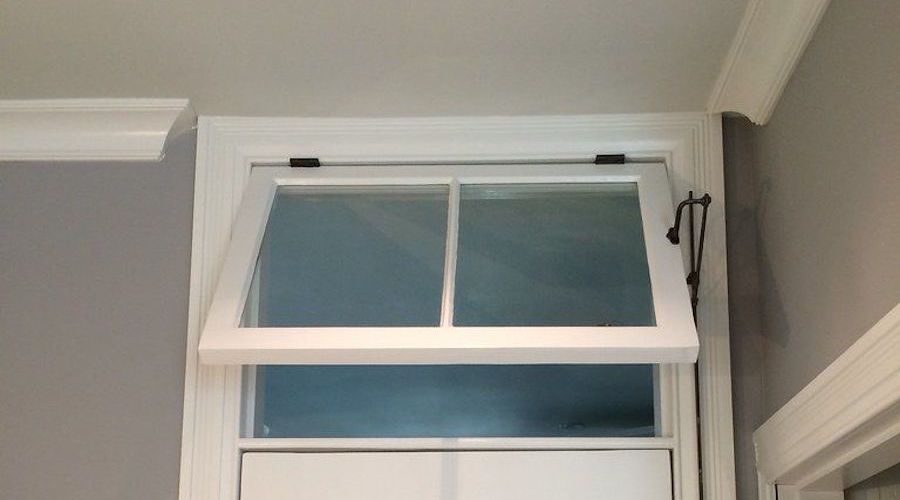
Casement transom windows are hinged on the side and open outward, offering excellent ventilation. Pivot transom windows rotate around a central point, providing flexibility in opening and closing. Awning transom windows hinge at the top and open outward, providing protection from rain while allowing for ventilation. The choice of opening mechanism depends on individual needs and preferences, as well as the architectural style of the building.
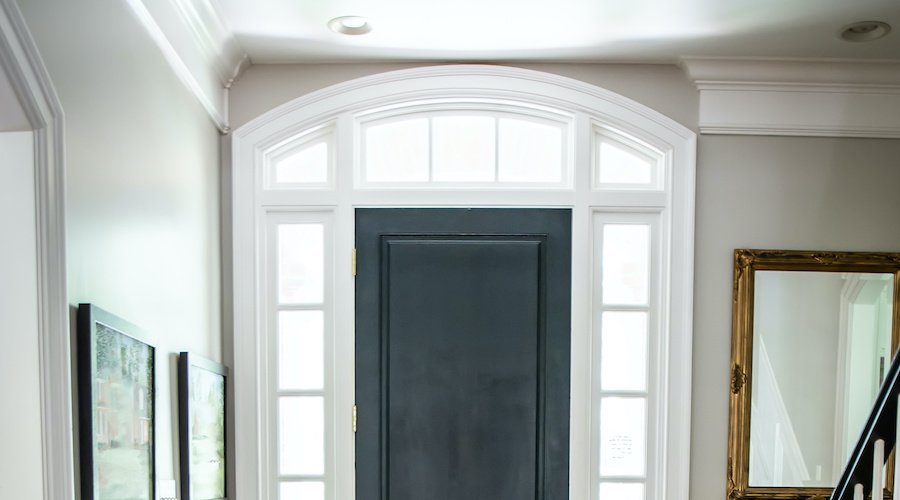
Materials and Finishes
Transom windows can be constructed from various materials, each with its own set of advantages and disadvantages. Wood is a classic choice, offering timeless beauty and excellent insulation properties. However, wood requires regular maintenance to prevent rot and decay. Aluminum is a durable and low-maintenance option, but it may not offer the same level of insulation as wood. Vinyl is another popular choice, offering good insulation, low maintenance, and a range of color options.
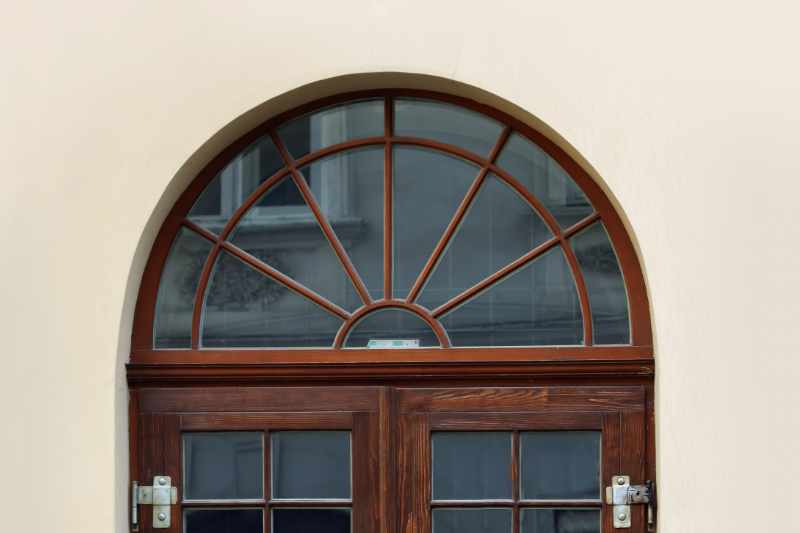
The finish of the transom window frame also contributes to its overall aesthetic appeal and durability. Various finishes are available, ranging from natural wood stains to painted finishes in a wide array of colors. The choice of finish should complement the existing décor and architectural style of the home.
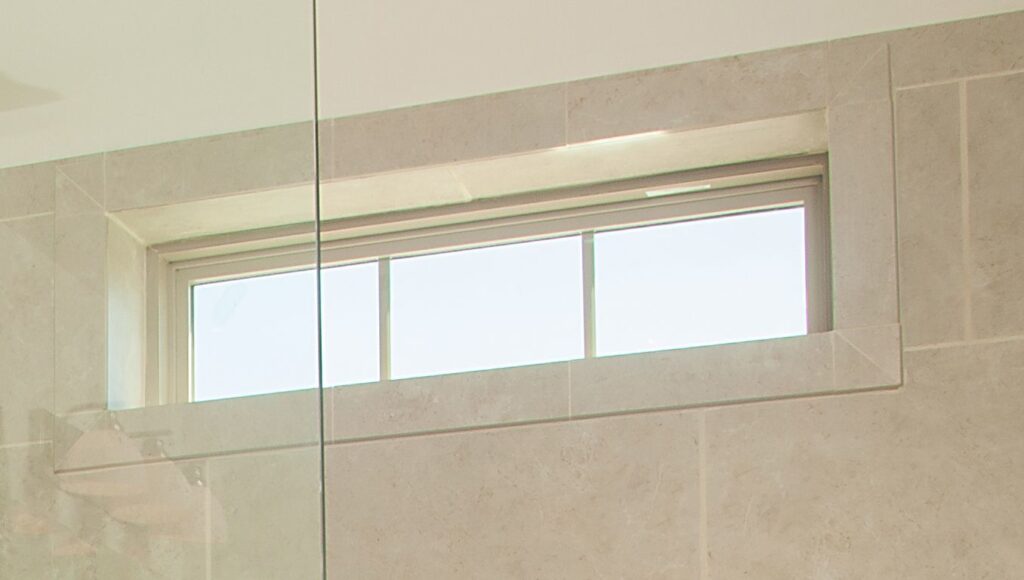
Installation and Maintenance of Transom Windows
Proper installation of transom windows is crucial for ensuring their functionality and longevity. It’s recommended to hire a qualified professional for installation, especially for operable transom windows. Professional installation ensures a proper seal, preventing air leaks and energy loss. Incorrect installation can lead to drafts, water leaks, and other issues that can compromise the window’s performance and lifespan.
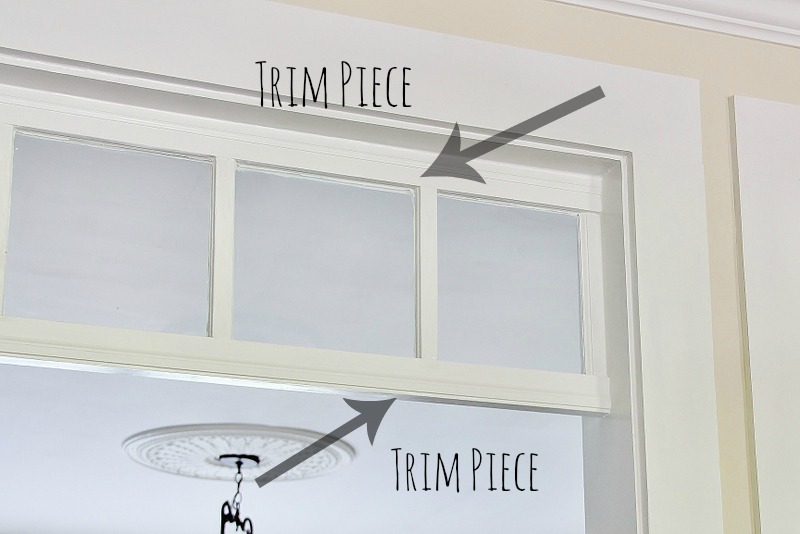
Regular maintenance is essential for keeping transom windows in good condition. Cleaning the glass regularly helps maintain transparency and allows for maximum light penetration. Checking the seals and frames for any damage or deterioration is also important. Addressing any issues promptly can prevent larger, more costly repairs down the line. Lubricating the hinges and other moving parts of operable transom windows is necessary for smooth operation and prolonged lifespan.
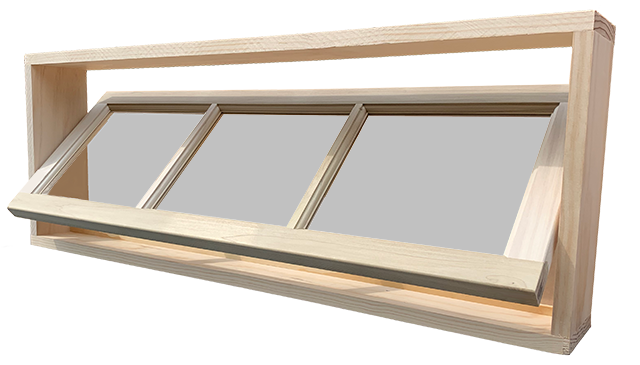
Troubleshooting Common Issues
Despite careful installation and regular maintenance, issues can sometimes arise. Common problems include sticking or jamming windows, leaks, and drafts. These issues can often be resolved with simple maintenance tasks, such as lubricating hinges or replacing damaged seals. However, more significant problems might require professional intervention. Addressing issues promptly is key to preventing further damage and ensuring the long-term performance of transom windows.
Conclusion: The Versatility of Transom Windows
Transom windows are more than just decorative accents; they are functional elements that enhance the beauty and functionality of a space. Their ability to improve natural light penetration, enhance ventilation, and save energy makes them a valuable addition to any home. By carefully considering the various features, styles, and installation requirements, you can unlock the full potential of transom windows and transform your home’s aesthetic and functionality.
